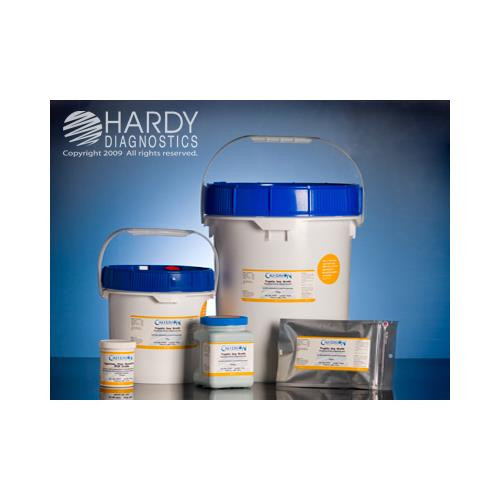The goal of susceptibility test is to predict through an in vitro assessment the likelihood of successfully treating a patient's infection with a particular antimicrobial agent (1). The Mueller Hinton formulation was originally developed as a simple, transparent agar medium for the cultivation of pathogenic Neisseria species (2). Other media were subsequently developed that replaced the use of Mueller Hinton Agar for the cultivation of pathogenic Neisseria species, but it became widely used in the determination of sulfonamide resistance of gonococci and other organisms. Mueller Hinton Agar is now used as a test medium for antimicrobial susceptibility testing (3). Mueller Hinton Agar is recommended for the diffusion of antimicrobial agents impregnated on paper disc through an agar gel as described in NCCLS (National Committee for Clinical Laboratory Standards), now CLSI (Clinical and Laboratory Standards Institute) Approved Standard (4). Mueller Hinton Agar has been selected by the CLSI for several reasons: i. It demonstrates good batch-to-batch reproducibility for susceptible testing. ii. It is low in sulfonamide, trimethoprim and tetracycline inhibitors. iii. It supports the growth of most non-fastidious bacterial pathogens and iv. Many data and much experience regarding its performance have been recorded (1). Mueller Hinton Agar No. 2 is used in the susceptibility testing of rapidly growing aerobic and facultatively anaerobic bacteria from clinical specimens. Kirby-Bauer et al recommended this medium for performing antibiotic susceptibility tests using a single disc of high concentration (5). WHO Committee on Standardization of Susceptibility Testing has accepted Mueller Hinton Agar for determining the susceptibility of microorganisms because of its reproducibility (6). The medium is designed to give a low thymine and thymidine content and also the calcium and magnesium ion concentration is adjusted as recommended by CLSI (3). The medium is not recommended for fastidious organisms. Thymine and thymidine inhibit sulfonamide and trimethoprim (9,10 ) activity and calcium and magnesium (11,12 ) interferes with the activity of aminoglycoside antibiotics. Beef heart infusion and casein acid hydrolysate provide nitrogenous compounds, carbon, sulphur and other essential nutrients. Starch acts as a protective colloid against toxic substances present in the medium. Starch hydrolysis yields dextrose, which serves as a source of energy. These ingredients are selected for low thymine and thymidine content as determined by MIC values for Enterococcus faecalis with sulfamethoxazole trimethoprim (SXT). Calcium and magnesium ion concentrations are adjusted to provide the amounts recommended by CLSI to give the correct MIC values with aminoglycosides and Pseudomonas aeruginosa (3) The Kirby-Bauer procedure is based on agar diffusion of antimicrobial substances impregnated on paper discs. This method employs disc with a single concentration of antimicrobial agent and the zone diameters observed are correlated with minimum inhibitory concentration (MIC) values (2, 3, 7). A standardized suspension of the organism is swabbed over the entire surface of the medium. Paper discs impregnated with specific amounts of antimicrobial agents are then placed on the surface of the medium, incubated and zones of inhibition around each disc are measured. The susceptibility is determined by comparing with CLSI standards (8). The various factors, which influence disc diffusion susceptibility tests, are agar depth, disc potency, inoculum concentration, pH of the medium and beta-lactamase production by test organisms (1,8). Storage and Shelf-life: Store below 30°C in tightly closed container and the prepared medium at 2-8°C. Use before expiry date on the label. References: 1. Murray P. R., Baron J. H., Pfaller M. A., Jorgensen J. H. and Yolken R. H., (Ed.), 2003, Manual of Clinical Microbiology, 8th Ed., American Society for Microbiology, Washington, D.C. 2. Mueller J. H. and Hinton J., 1941, Proc. Soc. Exp. Biol. Med.,48:330. 3. National Committee for Clinical Laboratory Standards, 2000, Approved Standard: M7-A5. Methods for Dilution Antimicrobial Susceptibility Tests for Bacteria that grow aerobically, 5th Ed., NCCLS,Wayne, Pa. 4. NCCLS Approved Standard: ASM-2, 1979, Performance Standards for Antimicrobic disc Susceptibility Tests, 2nd Ed., National Committee for Clin. Lab. Standards. 5. Bauer A. W., Kirby W. M., Sherris J. L. and Turck M., 1966, Am. J. Clin. Pathol., 45:493. 6. Present Status and Future Work, WHO Sponsored collaborative study, Chicago, Oct. 1967. 7. Ericsson H. M. and Sherris J. L., 1971, Acta Pathol. Microbiol., Scand. Sect B Suppl., 217:1. 8. National Committee for Clinical Laboratory Standards, 1986, Proposed Standards, M6-P, NCCLS, Villanova, Pa. 9. Koch A. E. and Burchall J. J., 1971, Appl. Microbiol., 22: 812. 10. Ferone R. Bushby R. M., Burchall J. J., Moore W. D., Smith D., 1975, Antimicrob. Agents chemotherap., 7 : 91. 11. Pollock H. M., Minshew B. H., Kenney M. A., Schoenknecht F. D., 1978, Antimicrob. Agents Chemotherap.; 14:360. 12. DAmato R. F., and Thornsberry C., 1979, Curr. Microbiol., 2 : 135.
Shipping Information:
Dry Ice Surcharge & Ice Pack Shipments: $40
More Information: https://cenmed.com/shipping-returns
- UPC:
- 41202042
- Condition:
- New
- Availability:
- 3 Days
- Weight:
- 1.00 Ounces
- HazmatClass:
- No
- WeightUOM:
- LB
- MPN:
- M1084-500G
- Model Number:
- C978C09
- Temperature Control Device:
- Yes












